Consisting of 17 508 islands, many of them unnamed, reaching for Asia and Australia at the same time, Indonesia offers unexpected and diverse culinary adventures in every corner of its territories. Indonesian cuisine is highly varied and delicious.
As with most countries in Southeast Asia, the culinary traditions of Indonesia have been influenced by the gastronomic intervention of the island's conquerors throughout the centuries.
The main meal of the day in Indonesia is served at lunch. The dishes are served on banana leaves at the table, where the family gathers around. In the middle they place a cone-shaped pile of boiled, super polished rice.
The menu usually contains soup, salad and a main course. It is always accompanied by 1 or more sambal - a hot sauce with spices used to season dishes. The food must be scooped with a person's right hand.
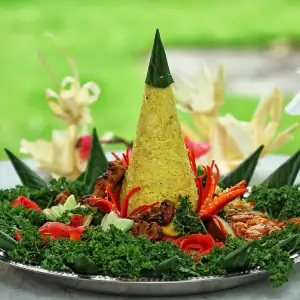
The main food of Indonesians is rice. Locals consider the grain as the food of the gods, even the country's coat of arms has rice stalks depicted on it. According to one of the legends, the youth who fell from the sky brought with him rice grains in between the cracks of his heels. Since then, no ceremony has ever been held without rice.
The national dishes are considered to be nasi goreng (fried rice) and mie goreng (fried noodles). Nasi goreng is a spicy meat dish with rice, shrimp and vegetables. It is eaten for breakfast, lunch and dinner.
Among the local dishes, satai is most popular. These are wooden skewers with chicken, fish, shrimp, veal or pork in different kinds of marinades or sauces, the most traditional being peanut sauce.
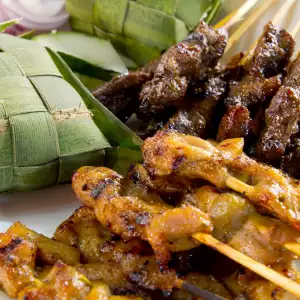
Indonesians love "soto" (soups), with local specialties cooked in the different regions. Soto jakarta, for example, is an exceptionally aromatic soup, made from herbs, coconut milk and meat. Their classic peanut sauce is used in many of their dishes.
In Eastern Indonesia rice is replaced by wheat, sago, cassava and sweet potatoes. Sago is the starch extracted during the processing of the Metroxylon sagu palm, more specifically the soft and porous cells in the bark of the tree. It is used to make pancakes in combination with fish and vegetable dishes.
Indonesian cuisine is also notable for its soya dishes. The world-famous tempeh from Java is like a tofu adapted for the tropical climate of Indonesia.
It is made using controlled fermentation, with the soya seeds placed in cake forms. The fermented soya contains more protein, fiber and vitamins. Usually tempeh is cut into pieces, soaked in salty sauce and then fried until golden.
Take a peak at these 2 wonderful recipes for Indonesian sauteed chicken with bananas and spicy Indonesian chicken skewers.
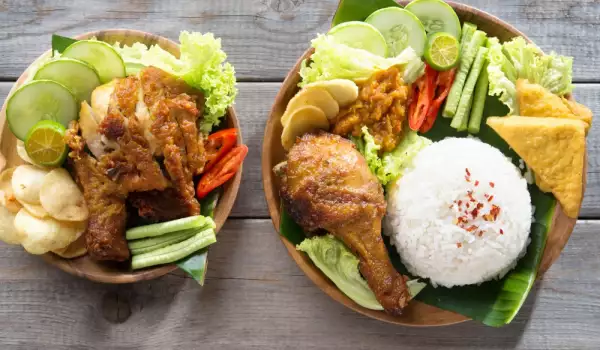
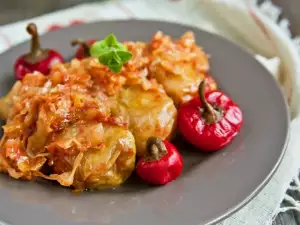

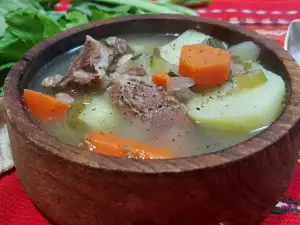

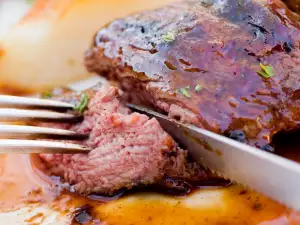

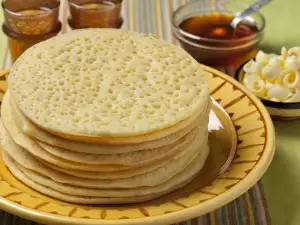
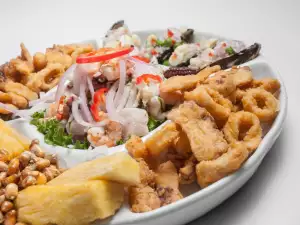
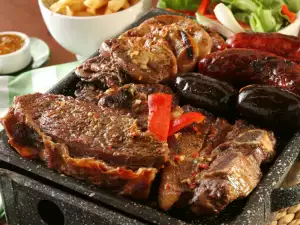
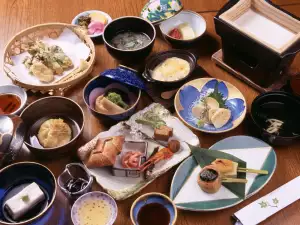
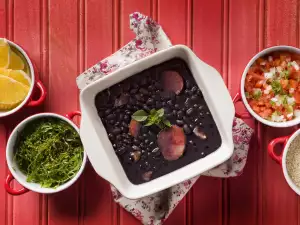
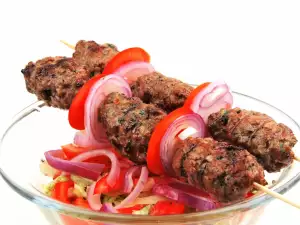
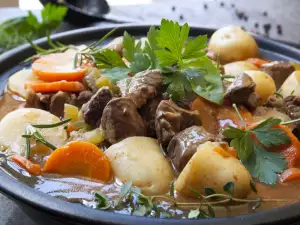
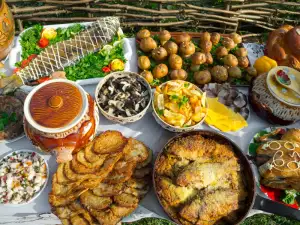
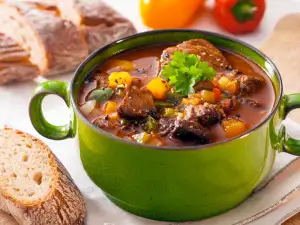




Comments